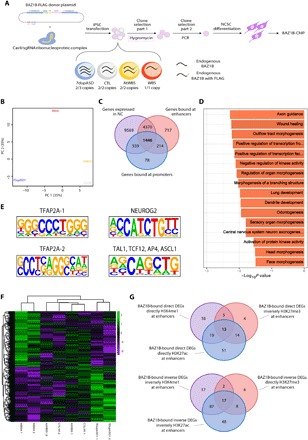Fig. 3. BAZ1B preferentially binds its targets at their enhancer regions and its KD causes a redistribution of enhancer histone marks.

(A) Schematic representation of the strategy for CRISPR-Cas9–mediated tagging of endogenous BAZ1B. Briefly, iPSCs from the four genotypes were electroporated with the donor plasmid and the Cas9/single-guide RNA ribonucleoprotein complex; clones were selected via hygromycin and PCR, differentiated to NCSCs, and then subjected to ChIP-seq. (B) PCA showing the distribution of the four BAZ1B-tagged NCSC lines according to their chromatin profiles. (C) Overlap between genes expressed in our NCSC lines (purple) and genes bound by BAZ1B at their enhancer (red) or promoter (blue) regions. (D) Top most specific enrichments for GO biological processes among the genes that are bound by BAZ1B and expressed in our NCSC cohort. (E) Most represented BAZ1B DNA binding motifs identified by HOMER show high similarity to neural and NCSC-specific transcription factors motifs. (F) BAZ1B differentially bound regions according to its copy number (FDR < 0.1; n = 2). (G) Overlap between genes that are differentially expressed have their enhancers differentially marked concordantly (H3K27ac, H3K4me1, and H3K27me3) and are bound by BAZ1B at enhancers.
